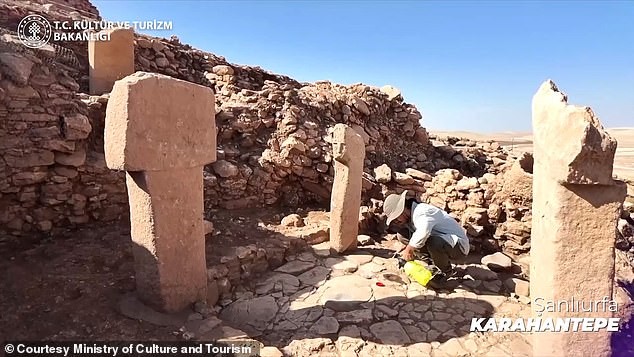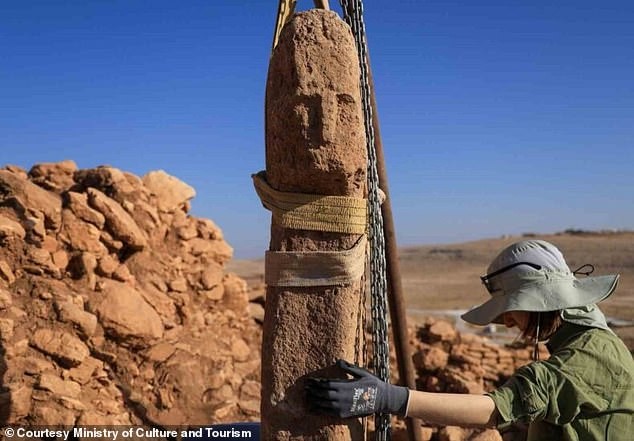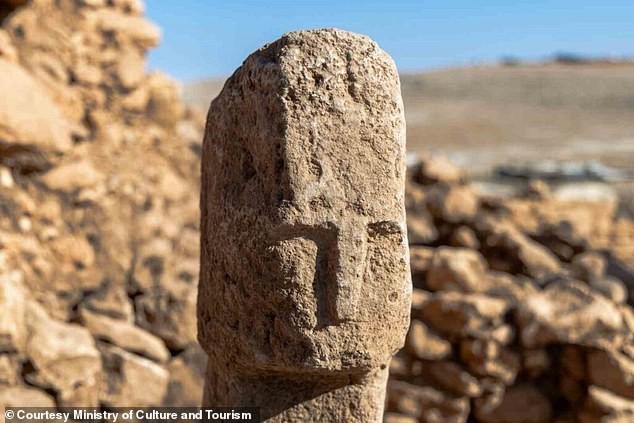The Dawn of Human Identity: A 12,000-Year-Old Portrait Carved in Stone
Archaeologists at Karahantepe, a Pre-Pottery Neolithic site in Şanlıurfa, Turkey, have unearthed what could be the oldest stone carving of a human face. The T-shaped monolith bears deep eye sockets, a long broad nose, and sharply defined facial lines—an actual portrait carved into stone from the dawn of humanity. Dating to around 10,000 BCE, Karahantepe is among the earliest known centers of organized culture, with massive pillars and stone enclosures that suggest a sophisticated settlement long before pottery. The discovery implies that ancient people recognized individuality and pursued portraiture, turning speculation into tangible evidence. Mehmet Nuri Ersoy, Turkey's Minister of Culture and Tourism, observed that 'Previously, obelisks thought to represent humans gained deeper significance with this discovery.' He added, 'This artifact, found in Karahantepe, is the first example of Neolithic people carving themselves onto a T-shaped pillar, shedding light on human history.'

Karahantepe: An Ancient Center of Culture, Not Just Architecture
Perched on limestone heights in Tek Tek Mountains National Park, Karahantepe sits about 34 miles from downtown Şanlıurfa. The site features monumental T-shaped pillars and stone enclosures dating to around 10,000 BCE—roughly 12,000 years old. Archaeologists describe Karahantepe as one of the earliest known centers of organized human culture. The western and eastern terraces reveal pillar tops, and rounded stone structures hint at intentional layouts and social planning. Compared with Göbeklitepe, Karahantepe shows a more sophisticated architectural design and signals earlier signs of settled life and social organization. The inhabitants were pre-pottery Neolithic hunter-gatherers who began moving toward sedentism between 10,000 and 6,500 BCE, leaving behind evidence of settlements alongside monumental structures and animal carvings. The site lies about 22 miles east of Göbeklitepe, and the Quarries on the western terraces are thought to be the source of the T-shaped pillars; excavations began in 2019 after archaeologists had known about the sites for decades.

Portraits, Phalluses, and Birds: The Living Past Emerges in Stone
In 2023, archaeologists uncovered one of the earliest and most lifelike sculptures at Karahantepe: a man holding his phallus with both hands, fixed to the ground on a bench. The statue is up to 11,400 years old, with arms at its sides and a pronounced facial expression, a strong, wide 'V-neck' motif, and ribs clearly carved into it. Nearby excavations also uncovered a bird statue with a beak, eyes, and wings—believed to depict a vulture. Animal sculptures, including snakes, insects, birds, a rabbit, and a gazelle, have appeared at Karahantepe before. Archaeologists say Karahantepe displays a more sophisticated architectural design than Göbeklitepe, revealing early signs of human settlement and organized social structures. Excavations at Göbeklitepe and Karahantepe began in 2019, though these sites have been known to archaeologists for around 30 years.

